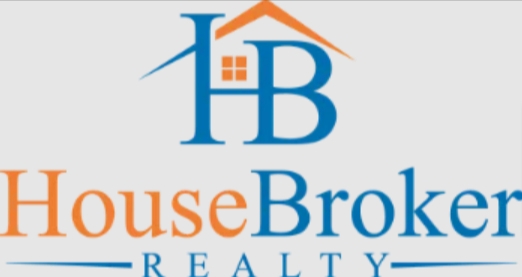
The Rise of Sustainable and Green Building Practices
In the ever-evolving landscape of construction and architecture, a paradigm shift is taking place as sustainability becomes a central focus in building practices. The rise of sustainable and green building practices is not just a trend; it's a crucial response to the growing environmental challenges we face. As the world grapples with climate change and resource depletion, the construction industry is stepping up to the plate to create buildings that not only meet human needs but also respect and preserve the planet.
One of the key driving forces behind the surge in sustainable building practices is the urgent need to reduce carbon emissions. Traditional construction methods and materials have long been associated with significant carbon footprints, contributing to climate change. Sustainable building practices, on the other hand, prioritize energy efficiency, reduced waste, and the use of eco-friendly materials. This shift not only helps mitigate the environmental impact of construction but also results in long-term cost savings for building owners.
Energy efficiency is a cornerstone of sustainable building design. Green buildings are designed to minimize energy consumption and maximize efficiency through innovative technologies and strategies. This includes the use of energy-efficient appliances, lighting systems, and HVAC (heating, ventilation, and air conditioning) systems. Additionally, architects and builders are incorporating passive design principles that harness natural resources such as sunlight and wind to reduce the need for artificial heating and cooling.
Materials play a crucial role in the sustainability of a building. Traditional construction often relies on resource-intensive materials like concrete and steel, which have high carbon footprints. Sustainable building practices promote the use of recycled and locally sourced materials, reducing the environmental impact associated with transportation and extraction. Bamboo, for instance, is gaining popularity as a sustainable alternative to traditional hardwoods due to its rapid growth and renewability.
Moreover, the concept of green roofs and walls is gaining traction in sustainable building design. Green roofs are covered with vegetation, providing insulation, reducing stormwater runoff, and absorbing carbon dioxide. Similarly, green walls, or vertical gardens, enhance air quality and contribute to a building's overall sustainability. These features not only improve the environmental performance of a building but also contribute to the well-being of its occupants by creating a more pleasant and natural living or working environment.
Water conservation is another critical aspect of sustainable building practices. Green buildings often incorporate technologies such as rainwater harvesting and greywater recycling systems. These initiatives help reduce the strain on local water supplies, promoting responsible water use. Low-flow plumbing fixtures and water-efficient landscaping further contribute to a building's overall water sustainability.
The rise of sustainable and green building practices is not limited to new construction; existing buildings are also undergoing retrofits to meet modern sustainability standards. This adaptive approach acknowledges the environmental impact of the existing built environment and seeks to enhance its performance through energy-efficient upgrades, improved insulation, and the integration of renewable energy sources.
How have you seen the growth of movements like these around you?If you'd like to learn more about applying them to your own home, let's talk.








